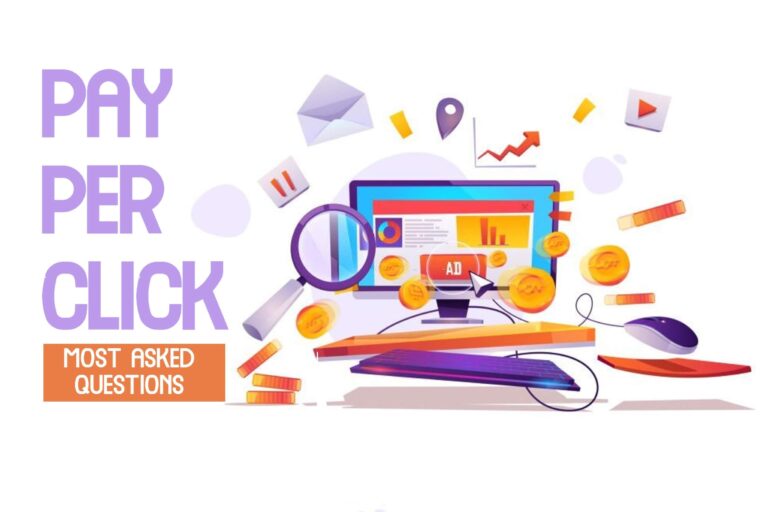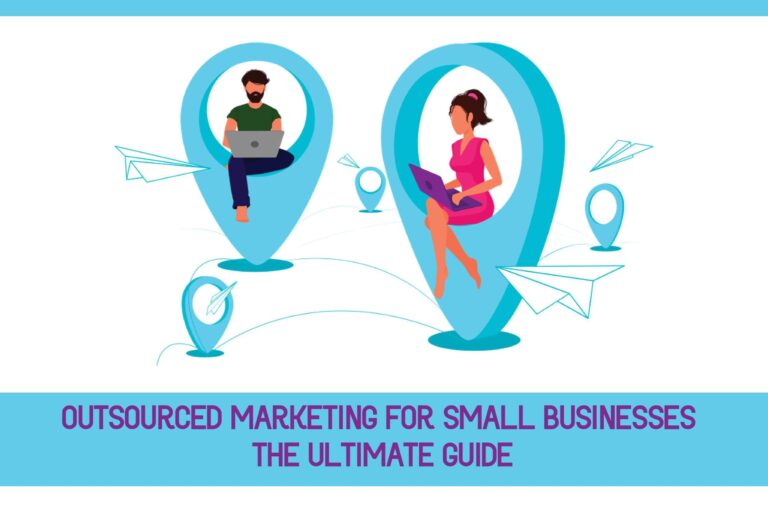TABLE OF CONTENT
You’re probably well aware that pay for performance advertising is a considerable opportunity in digital marketing. Pay-for-performance advertising allows brands to target specific lead segments, improving ROI and allowing businesses to hit their goals faster. It’s a perfect opportunity for small business owners, but it’s also an area that can be tricky to navigate. You need to know what you’re doing, or you could spend way more than you intended to. To help you out, we’ve compiled some of the most insightful points in this blog post.
What is Pay for Performance Marketing?
When it comes to digital marketing, companies struggle to estimate the required budget, especially when they are trying something new. They need to invest lots of time using different creatives and optimize campaigns with A/B testing. However, the results are still not guaranteed.
Pay-for-performance advertising, also known as value-based pricing, is a digital marketing method with a “performance-based” pricing model. Companies agree on a performance metric that they want to see completion on when they create their ads. For example, they may want to have a lot of new leads or customers who purchase after clicking on their ad. With this model, brands pay for the result of the campaign, not for every click.
How does Pay for Performance Marketing Work?
Small businesses want to know they’re getting something in return for their money. Risk-free Pay-for-Performance advertising (P4P) is the perfect way to assure them of this. First, companies should determine how digital marketing can help them achieve their business goals. Then, define the customer journey and acquisition funnel. KPIs come next, and once they are agreed upon, it’s time to start campaigns.
With P4P marketing, your digital marketing strategy will be set up, optimized, and managed by digital marketing professionals. According to pay for performance strategy, if the marketing campaigns do not deliver what they promised, you won’t owe anything.
How to Create a Strategy for Pay for Performance Marketing?
Building a pay for performance (PFP) digital advertising strategy is just like any other marketing campaign; it takes deep market research, a variety of creatives, and understanding your buyer persona. Customer journey mapping is also necessary to identify all the key points that connect your brand to customers.
On top of that, in the pay for performance marketing, you need to determine the main KPI which you will be billed. This point is the most critical and most strategic decision of the whole marketing campaign. Small business owners must understand all the options and which KPI is the most suitable for their ultimate purpose.
The most common KPIs for pay for performance marketing are:
- CPC (Cost per Click)
- CPM (Cost per Mille)
- CPL (Cost per Lead)
- CPA (Cost per Acquisition)
- CPS (Cost per Sales)
Pros of Pay for Performance Marketing
Each marketing strategy has unique advantages and disadvantages for small businesses. The main advantage of using P4P marketing is that it guarantees the delivery of results without risk and yields a high return on investment (ROI). The data-driven approach of PFP allows small businesses to run risk-free marketing campaigns.
Further, we can see that pay for performance digital marketing might benefit both marketers and small businesses. As explained above, the company will not pay any expense until they receive a result. Also, since the payment is based on performance, a highly motivated marketer or marketing agency will deliver results faster to get paid as soon as possible.
Pay for a performance marketing strategy is not cheap since marketers spend the initial budget from their pocket. However, when the promised success is achieved, they can earn much more than the regular marketers. After a decent amount of time, when they optimize channels with higher ROI, they can create a monthly revenue stream for their other projects. Creating a new marketing budget from each project to run two pay-for-performance marketing projects will increase their clients exponentially.
Cons of Pay for Performance Marketing
While pay-for-performance marketing strategies may seem beneficial for a short period, they may be harmful to your online presence in the long run. It is better to think twice before you adopt such a strategy.
There are many disadvantages associated with using a pay-for-performance marketing strategy for small businesses and marketers. For example, the payment is based on agreed-upon KPI, so analyzing the results and ensuring that the exact number takes much longer than you might realize. Additionally, since small businesses use a variety of advertising channels like offline marketing, it becomes harder to measure the original performance of the online advertisement. In order to overcome these problems, contracts between marketers and small businesses must include all details and should be at least one year since it takes much legal work.
Even small businesses do not pay any cost until there are some results; if the digital marketing campaign cannot be successful, the whole time will be wasted. Postponing the success also causes damage to the companies since the early stages of the company require more revenue to build a sustainable business.
Is Your Small Business Suitable for Pay for Performance Marketing?
Every small business has different goals, milestones, target audiences, and growth strategies. Small business owners must understand the customer needs to build a sustainable business model. When a small business uses Pay for Performance digital advertising strategy, it is so common that the marketing campaign will not be successful due to many reasons. Usually, the main reason is not having enough marketing budget or things going wrong in regards to the KPIs that were agreed upon back when planning started.
If you want to create a brand, traditional advertising strategies will be more successful. In any case, trying various business-related marketing strategies for your small-mid-size company will benefit you. The worst practice is trying different digital marketing strategies simultaneously without being able to measure performance – it’s almost impossible! In short, you can only decide which marketing strategy works best for your small-mid-size company when you try and fail first!
Pay for Performance SEO for Small Businesses
Pay-for-performance SEO, pay on results SEO, or performance-based SEO, is a payment model that guarantees you pay for SEO services only once you start seeing the results. Even though it seems an attractive offer for many mid-size and small businesses, it is not the way SEO works in reality.
Most small business owners say they don’t mind paying for marketing only in case they will see instant results. Not wanting to waste money right away is certainly a reasonable thought, and Pay for Performance SEO might seem a good strategy. However, there are a few things that many business owners should be aware of before involving Pay for Performance SEO.
Pay-for-performance SEO often uses spammy techniques (Black Hat SEO) to increase organic traffic such as keyword stuffing, duplicate content, link farming, and more. These black hat SEO strategies might provide quick results and increase rankings to get payment for Pay for Performance SEO.
However, Google usually punishes these spammy tactics by either lowering the rankings for specific keywords or removing the page from its index altogether. As a result, Google will not show any of your pages in SERP.
SEO is a long-term strategy that requires a lot of investment from any business, regardless of its size. Many small and mid-size business owners don’t have the patience to wait for SEO to lift their traffic (which can take up to six months), so instead of that, they prefer “quick wins” like PPC. Even though PPC can yield a quick increase in traffic, the truth is it’s also costly since you pay per click each time. Therefore, we recommend investing more into your SEO efforts instead. Those results will last much longer, and over time they’ll be cheaper than the equivalent number of clicks through PPC.
As Marganics, we would love to talk more about your small or mid-size company to understand your needs and create a tailor-made marketing strategy for your business. Contact us now to get your FREE consultation.







![Ultimate SEO Guide for Shopify App Listing [2023]](https://marganics.com/wp-content/uploads/2022/10/Ultimate-SEO-guide-for-shopify-app-hero-image-768x512.jpg)

